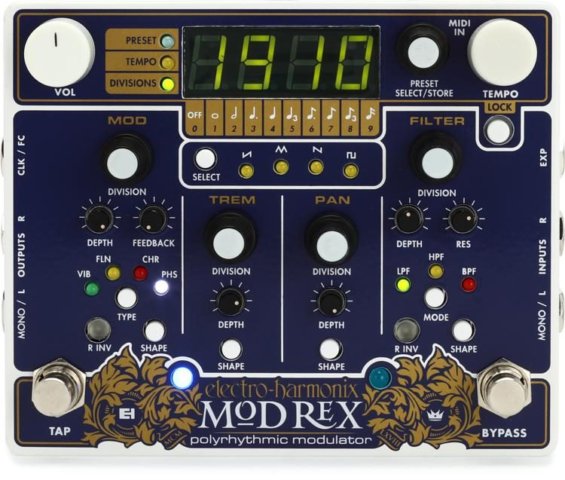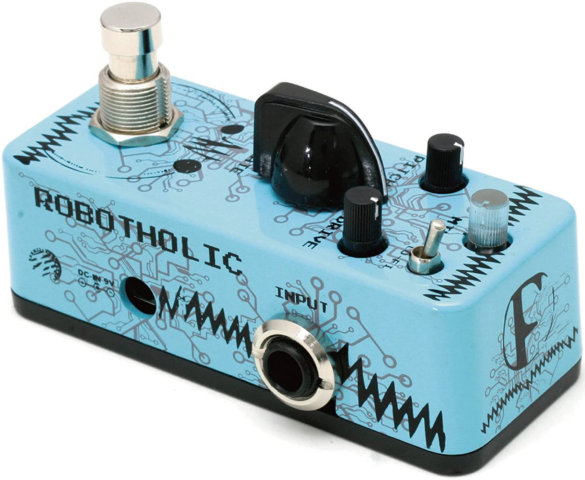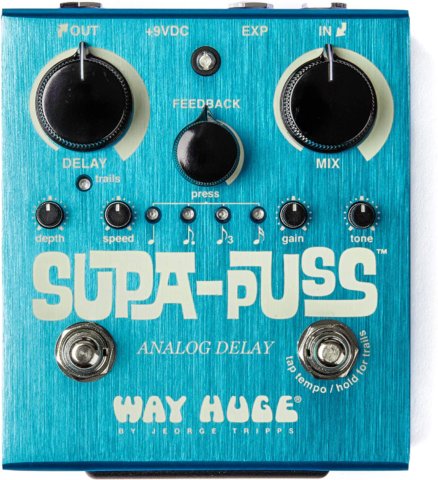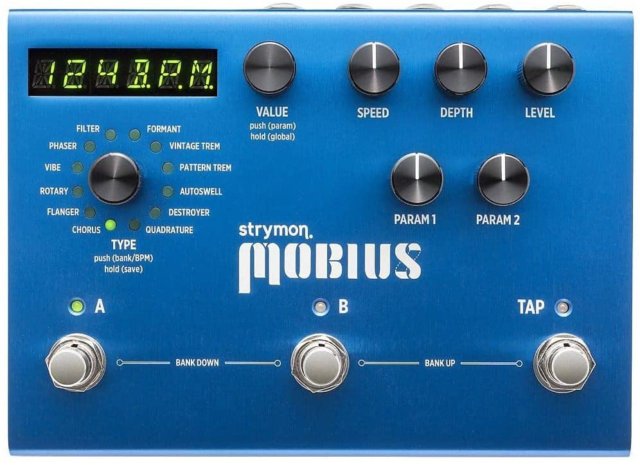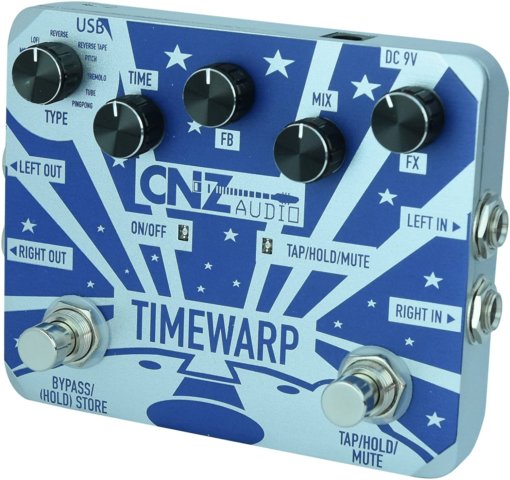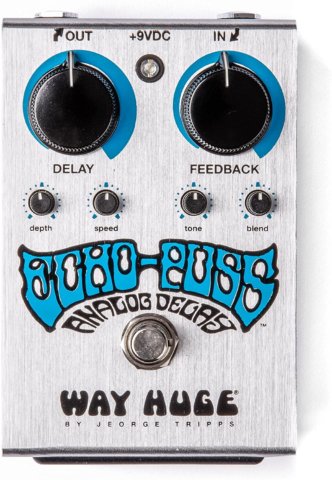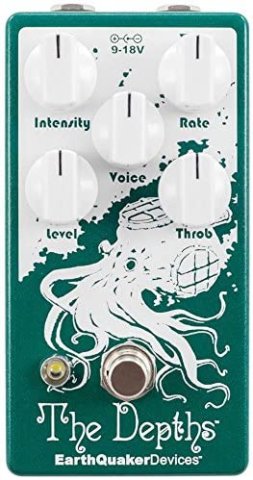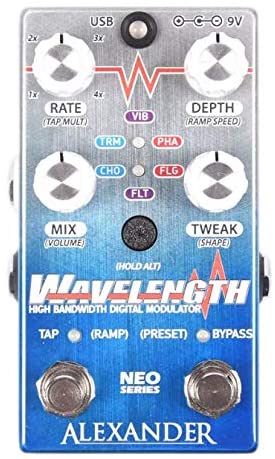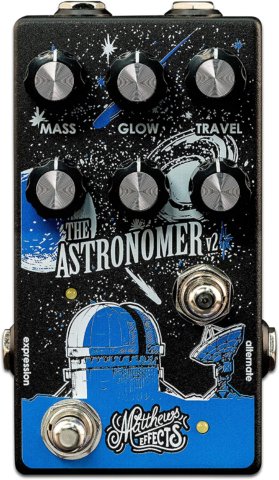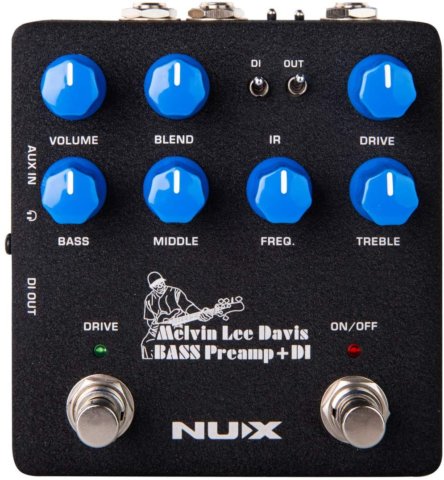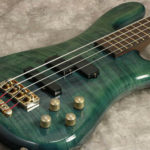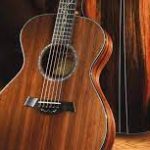MODULATION PEDALS
This site contains affiliate links, which we receive a commission from any sale or purchase, and are of no cost to you. As a participant in the Amazon Services LLC Associates Program, affiliate links will redirect you to Amazon.com and its affiliate sites. Please read our DISCLAIMER for more information
Modulation means “to move,” so every effect that falls under that description moves the pitch or the sound of your guitar. Deciding what kind of modulation effect to buy can feel overwhelming.
Going over the differences between every single type of modulation effect, should make it much easier.


